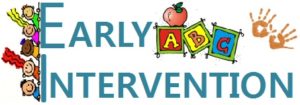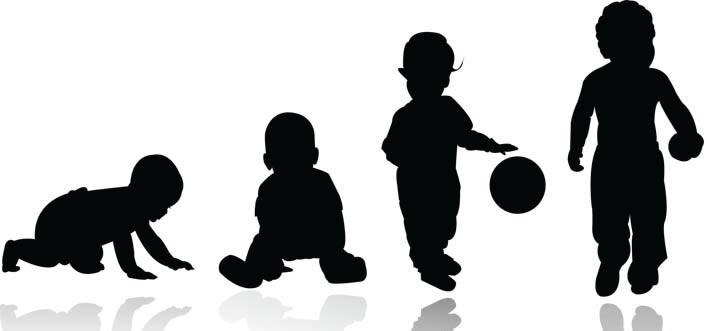
What is Early Intervention?
Early intervention is a system of services that helps babies and toddlers with developmental delays or disabilities. Early intervention focuses on helping eligible babies and toddlers learn the basic and brand-new skills that typically develop during the first three years of life, such as:
- physical (reaching, rolling, crawling, and walking);
- cognitive (thinking, learning, solving problems);
- communication (talking, listening, understanding);
- social/emotional (playing, feeling secure and happy); and
- self-help (eating, dressing).
If you’re concerned about the development of an infant or toddler, or you suspect that a little one has a disability, this page will summarize one terrific source of help—the early intervention system in your state. Early intervention services can help infants and toddlers with disabilities or delays to learn many key skills and catch up in their development. There’s a lot to know about early intervention. We present the “basics” here to get you started.
To review the US Department of Education - Part C of the IDEA click here
Milestones
Childhood is a time of tremendous growth and learning. How very exciting to be a baby…or a two-year-old… or get on a school bus for the first time.
We all come into the world like small waiting sponges, ready to absorb what’s around us. We all develop at different rates. Some children speed along, practically running before they walk. Others need more time. And still others may ultimately need four wheels to get around.
But what’s “on time?” What’s “normal?” Does “normal” have a range?
Yes, “normal” has a range. Growth does tend to follow a certain sequence. Skills are expected to emerge at "more or less" the ages described below. Below are a few milestones a typically developing child reaches in the first year of life and beyond.

3 Months of Age
Motor Skills
- lift head when held at your shoulder
- lift head and chest when lying on their stomach
- turn head from side to side when lying on their stomach
- follow a moving object or person with their eyes
- grasp rattle when given to them
- wiggle and kick with arms and legs
Sensory & Thinking Skills
- turn head toward bright colors and lights
- turn toward the sound of a human voice
- recognize bottle or breast
- respond to your shaking a rattle or bell
Language & Social Skills
- make cooing, gurgling sounds
- smile when smiled at
- communicate hunger, fear, discomfort (through crying or facial expression)
- usually quiet down at the sound of a soothing voice or when held
By 6 Months of Age
Motor Skills
- hold head steady when sitting with your help
- reach for and grasp objects
- play with their toes
- help hold the bottle during feeding
- explore by mouthing and banging objects
- move toys from one hand to another
- pull up to a sitting position on their own, grasping their hands
- sit with only a little support
- roll over
- bounce when held in a standing position
Sensory & Thinking Skills
- open their mouth for the spoon
- imitate familiar actions you perform
Language & Social Skills
- babble, making almost sing-song sounds
- know familiar faces
- laugh and squeal with delight
- scream if annoyed
- smile at themselves in a mirror
By 12 Months of Age
Motor Skills
- drink from a cup with help
- feed themselves finger food like raisins grasp small objects by using their thumb and index or forefinger
- use their first finger to poke or point
- put small blocks in and take them out of a container
- knock two blocks together
- sit well without support
- crawl on hands and knees
- pull themselves to stand or take steps holding onto furniture
- stands alone momentarily
- walk with one hand held
Sensory & Thinking Skills
- copy sounds and actions you make
- respond to music with body motion
- try to accomplish simple goals (seeing and then crawling to a toy)
- look for an object they watched fall out of sight (such as a spoon that falls under the table)
Language & Social Skills
- babble, but it sometimes “sounds like” talking
- say their first word
- recognize family members’ names
- try to “talk” with you
- respond to another’s distress by showing distress or crying
- show affection to familiar adults
- show apprehension about strangers
- raise their arms when they wants to be picked up
- understand simple commands
Examples of Early Intervention Services
If an infant or toddler has a disability or a developmental delay in one or more of these developmental areas, that child will likely be eligible for early intervention services. Those services will be tailored to meet the child’s individual needs and may include:
- Assisted technology (devices a child might need)
- Audiology or hearing services
- Speech and language services
- Counseling and training for a family
- Medical services
- Nursing services
- Nutrition services
- Occupational therapy
- Physical therapy
- Psychological services
Services may also be provided to address the needs and priorities of the child’s family. Family-directed services are meant to help family members understand the special needs of their child and how to enhance his or her development